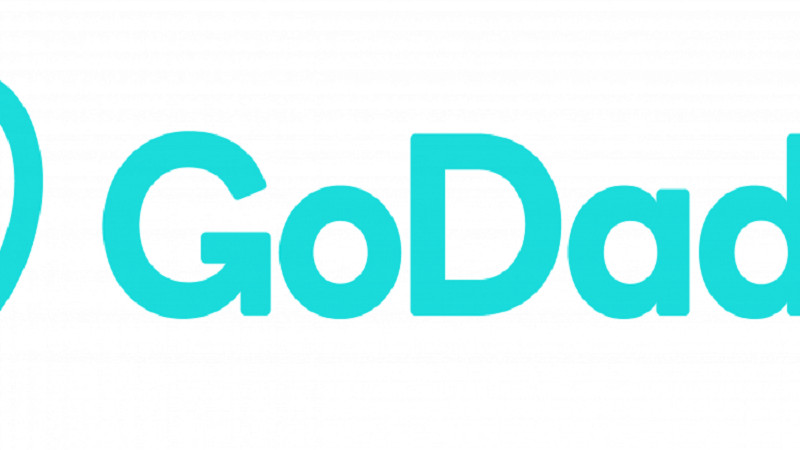Latest News on Our Blog

UI/UX DESIGNER CAREER PATH
UI/UX design involves a thorough research and an understanding of the target audience to create meaningful and easy-to-use digital products. Leave those tasks to professionals, but master at least the basics of UI/UX design to keep the conversation going with professionals.
Do you know that most marketing strategies are based on digital products like landings, websites, mobile apps, and social media? For UI/UX designers, it’s vital to keep up with the latest UI and UX design trends and be able to convey your thoughts and ideas to professionals in this field.
UX designers will be at advantage if they master the following applied skills:
-
Research. To effectively perform their jobs, UX designers must understand what their audiences want and how they view the world
-
Prototyping, wire-framing, user flows, mock-ups
-
Visual design and design software
-
User research and usability testing
-
Agile
-
Information architecture
-
Application development
-
Collaboration
-
Communication and presentation
Does UI/UX Design require coding?
If you are considering getting into UX/UI design, you're probably wondering the same thing. The short answer is no. UX design does not require coding.
What’s the Job Description of a UI/UX Designer?
UI/UX designers create the user interface for an app, website, or other interactive media. Their work includes collaborating with product managers and engineers to gather requirements from users before designing ideas that can be communicated using storyboards. They also process flows or sitemaps. The use their creativity in applying colour palettes based on what best fits into a particular design conceptually.
Career paths for a UX designer and Average Salary per Year
There are several directions UX designers can take their career as they gain experience and grow their skills; these include: management, senior positions, freelancing, consulting, or becoming a UX specialist in a related field.
The salaries listed below are average US salaries based on Glassdoor data as at June 2021.
1. UX management
As UX designers gain experience, it’s common for responsibilities to expand and opportunities to be in charge of projects to increase. This can eventually lead to managerial positions like UX manager, UX director, creative director, and, further down the road, executive positions like chief experience officer, or vice president of UX.
As you progress in your UX career, try taking on tasks that will give you more experience and responsibilities. Working on different types of projects will also expose you to new challenges and teach you how to respond to them. You’ll also want to be sure to have solid interpersonal and leadership skills, as managers oversee groups of people and can interact frequently with employees outside of their team.
Here are the average US salaries of related managerial roles:
-
UX manager: $178,063
-
UX director: $132,379
-
Chief experience officer: $138,877
-
Creative director: $125,921
2. Advanced UX positions
UX designers can go on to become advanced professionals. This might mean continuing the hands-on work as a UX designer, but expanding your capabilities and taking on more complex tasks. Eventually this might lead you to roles like senior UX designer, lead UX designer, or principal UX designer. Senior designers are designers with expanded responsibilities; lead and principal designers further lead projects and oversee larger decisions, generally while still participating in the hands-on design process.
To go down this path, you’ll want to have a variety of UX skills under your belt. These can be areas like user research, graphic design, and experience collaborating across various teams.
Here are the average US salaries of design roles:
-
Senior UX designer: $127,360
-
Lead UX designer: $147,131
-
Principal UX designer: $173,820
3. Freelancing
Maybe you’re craving the freedom to concentrate on projects that interest you. Maybe your personal life has changed and you’re looking for work that’ll give you more flexibility. Whether it’s the ability to set your own hours or pick your own clients, there are plenty of reasons UX designers choose the freelancing path.
If you’re looking to work as a freelance UX designer, you’ll want to prepare your portfolio. Ideally, you would also have a network of designers you can tap into to look for work and help refer you to projects. Building up a social media presence can be helpful. You might also find groups on networking and social media sites like Facebook or LinkedIn to connect with other designers and find companies looking for freelancers.
Check job boards and reach out to your network to see what rates your target market typically pays.
A freelance UX designer makes an average salary of $106,629.
4. UX consulting
A UX consultant is a professional that helps improve an organization’s design and business strategy by offering solutions based on user experience principles. This might mean training clients in best UX practices, researching a client’s customers, or prototyping websites and other products. This would lead to an improved user experience for the customer and a more UX-minded approach to business by the client.
UX consultants often work as a part of a UX consultancy company. They can also work as freelance consultants, or as in-house consultants in a company. If you want to work as a UX consultant, you’ll want to have experience being closely involved with several projects from start to finish. Managerial experience and an understanding of underlying business practices can also be beneficial.
UX consultants make an average salary of $101,735.
5. UX specialist
If you find you’re drawn to certain aspects of UX design, making a lateral switch to a related position can be an option worth considering. For example, if you’re intrigued by how engineers bring designs to life in a website or app, it might make sense to explore becoming a UX engineer. If on the other hand you’re fascinated by user behaviour, you can think about making the switch to UX researcher.
You can switch by polishing the skills in the field you want to move into. Online courses, shadowing other professionals on your team, or taking on projects that give you more responsibilities in your target area can be a first good step. You might also tell your manager if you think they can help you gain the exposure you want in your current role.
Here are average US salaries for various roles in UX:
-
UX researcher: $132,922
-
UX writer: $118,725
-
UX engineer: $124,511
How to Pursue Your Career in UI/UX Design
UI/UX is trendy and lucrative these days. The demands are growing, too! Every day I meet more people who are just starting out in UI/UX — moving in from other design industries like print or web design, or coming in from development or product management.
This roadmap will help you pursue a professional career in UI/UX, from day one to your first paid client project and beyond. It’s definitely opinionated, and I’m sure there’s a thousand other ways to achieve your goals.
1. Pick a product type
2. Pick your expertise
3. Read up on the UI/UX basics
4. Get an eyeful of great designs
5. Build your portfolio
6. Read up on the business side of things
7. Improve your client’s soft skills
8. Start building your authority
9. Improve and Iterate
You can begin your journey now.



